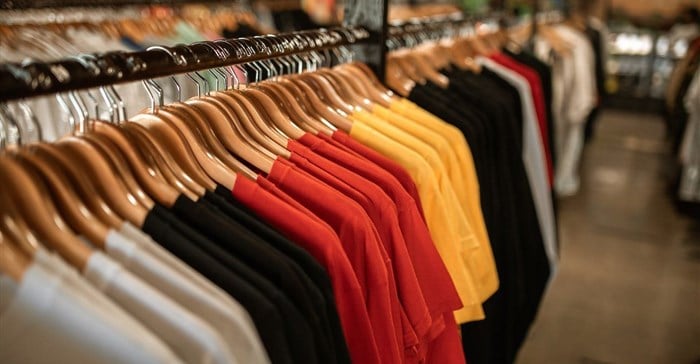
Seasonal weather patterns are somewhat predictable, but other factors aren’t. Retailers now operate in increasingly fragmented demand landscapes, where shopper behaviours online and in store are changing.
The way consumers value everything from electronics to seasonal goods to essential items has changed dramatically over the past 18+ months. Shoppers are becoming more price-sensitive and thoughtful about their retail spending by searching for offers and discounted items and switching brands to save money.
Then there’s unexpected demand and hyperlocal consumer trends and surges which are near impossible to factor into demand forecasting. For example, I spent over 10 years working retail as a senior manager. I remember working in an area famous for people owning second homes, which shaped not only peaks and troughs in demand, but also the type and even sub-category of product.
As a retailer, there was no way to predict that next summer homeowners would be buying up all our cream and pink paints to give their homes a facelift. That meant it was easy to have too much stock in one area, and a lack of stock in another. Essentially, this hyperlocal shopping trend led to wrong sizing our stock because we couldn’t predict demand or react in time once it happened.
It’s not a manufacturing problem, as it’s not about too much or too little volume overall. And consumer shopping trends are shaped by so much that is out of the control of retailers. However, retailers and the partners they work with can add value to the retail area, by helping them right-size the stock they hold.
Given this trend, the only way for retailers to be confident with inventory decisions – or to know how a promotion should be structured to get people in the door and inventory out – is to tap into artificial intelligence (AI). But the good news is that AI platforms can now run algorithms that account for consumer spending variables, including supply availability, demand drivers, and households’ financial health.
These AI platforms can also see how trends are unfolding in near-real time both within the four walls of shops and warehouses and in the world at large, unlike people who are often relying on hindsight to steer the ship forward. As a result, AI can direct retailers to make better inventory allocation and pricing decisions. That said, AI does have its limitations, namely data.
AI can only work with the information it has available at the time a request is made. So, if an AI platform is being asked to assess current market demand and consumer pricing tolerance, but it can’t see current store or warehouse inventory levels – or any trends unfolding outside a retailers’ four walls – then its recommendations are going to be made from a narrow vantage point.
That’s why the key to breaking this shortage-overage cycle starts with breaking out of this barcode-reliant retail operations model.
Fortunately, rapid advances have been made with radio frequency identification (RFID) technology and other AI-powered software-as-a-service (SaaS) platforms.
Though barcode systems have been game-changing for retailers, RFID and other advanced data capture technologies are becoming even more transformational. Once online, RFID readers can extract information from thousands of RFID-tagged items each second, giving both retail employees and AI platforms a true picture of current revenue opportunities and a lead on potential opportunities. RFID also build trust in the data being fed into demand forecasting and planning systems.
A store or warehouse employee could hypothetically complete a full cycle count in a few hours, giving you – and your AI platform – a completely accurate record of what is in stock and what has left the building unaccounted for.
Once you have an accurate inventory record, then an AI-powered SaaS solution can correlate that data with other in-house and third-party information sources to produce more accurate and trustworthy demand planning, pricing and promotions recommendations.
RFID-tagged items can be tracked as they move throughout stores, and they can be read in batches, meaning no one has to stand there at a register or shelf and scan every individual product to locate or process it. This is tremendously helpful when there is a rush of orders, or returns, as teams can process customer transactions in a fraction of a time they would if barcode scans were the driving force.
However, even RFID relies on retail associates and inventory processes being followed. If there’s a lack of discipline, RFID systems won’t give retailers what they need. This reinforces the point that people (the associates), RFID tracking, and software using AI need to work together.
We need to find that sweet spot where consumers feel compelled to buy and retailers retain acceptable margins, but that’s not something any human is going to figure out own their own. The most effective retailers will be those using a combination of people working with tools like RFID and AI-powered software to help them see what’s happening around them - in stores, supply chains and the consumer market - in an objective, goal-oriented way.
They go beyond the barcode to capture clean, real-time data via RFID systems then trust AI to provide unbiased, unbounded guidance on the next best move.
Instead of gambling with inventory decisions, they can confidently move to stock in greater or fewer quantities of certain SKUs in the right stores, order merchandise earlier, or mark down prices and run promotions based on hyperlocalised shopper behaviours and right-sized inventory levels.